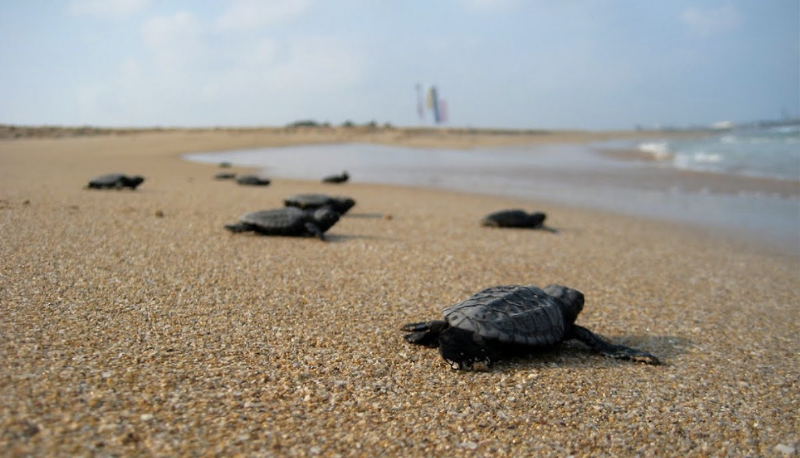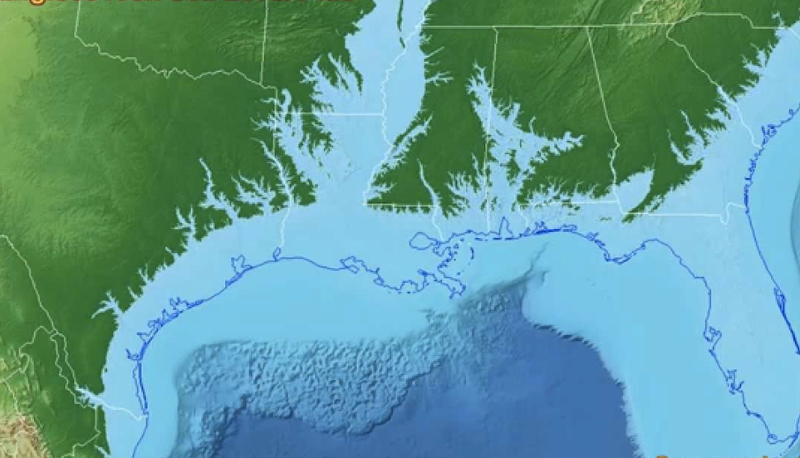Earlier this year, President Obama urged the Environmental Protection Agency and the National Highway Traffic Safety Administration to come up with new rules to curb greenhouse gas emissions from vehicles. The rules would cut the output of heat-trapping carbon dioxide by 24 percent by 2027. They would also cut oil consumption by 1.8 billion barrels by the end of the program.
The EPA’s proposal would increase fleet-wide average fuel economy by 12 miles per gallon by 2026. It would also prevent 3.1 billion tons of climate-warming carbon dioxide from entering the atmosphere through 2050.
The Environmental Protection Agency is set to announce new fuel-economy standards for cars and light trucks. The new standards would increase fuel efficiency by 8% annually for model years 2024-2026. The new rules will also cut fuel consumption by 12 billion gallons and will save Americans $470 billion in fuel costs by midcentury.
Taxing corporations based on carbon emissions they produce
Putting a price on carbon is an essential component of addressing climate change. The price is a signal to consumers to switch to cleaner energy. The price is also an incentive for polluters to reduce their emissions.
The European Union Emissions Trading Scheme is the largest carbon pricing initiative in the world. It covers 40% of EU greenhouse gas emissions. Some countries, including Finland, Norway, and Sweden, have imposed their own carbon taxes.
Other countries, including Kazakhstan and South Africa, have recently introduced an ETS. Some states and cities have regional programs to charge fees for emissions. These programs may not be enough to solve the climate change challenge. But putting a price on carbon could help the United States move toward a green economy.
Planting native flowers and herbs
Whether you are new to gardening or a seasoned pro, you have probably heard about planting native flowers and herbs to fix climate change. These plants not only provide great aesthetic value but also boost the local ecology. For instance, some of these plants provide a food source for birds, insects, and even native hummingbirds. They also are less prone to pests.
The best time to plant natives in North Carolina is during the fall. Depending on the climate, you may also want to consider planting low-growing plants under taller ones. If you don’t have the room for a large planting, you can create a more natural looking landscape by clustering vegetation.
While you are at it, don’t forget to make a seed ball. You can even get a soil test to find out what nutrients your soil is lacking. These tests can help you decide on the right plants for your yard.




